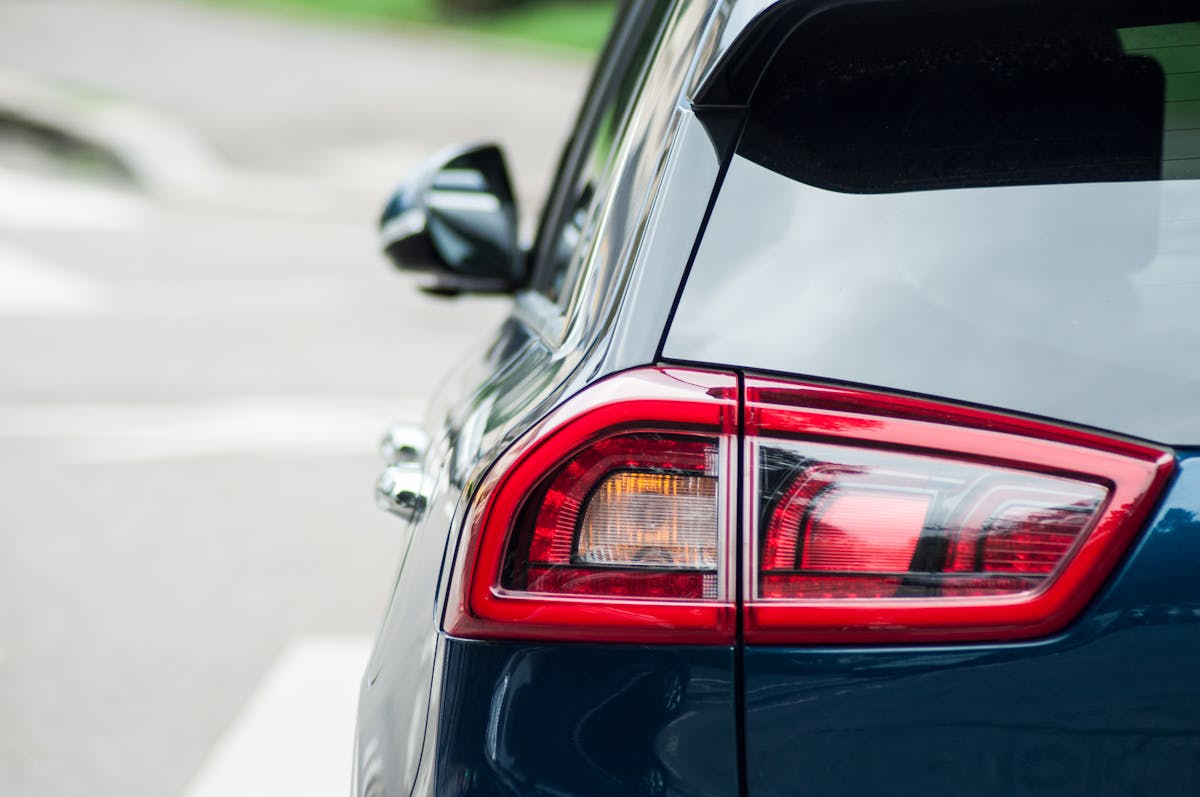What affects your EV charging speed?
You would be forgiven for finding charging rates a little confusing, it’s a tricky subject to get your head around. But fear not, we have the low-down on what you should look out for when your EV charging speeds aren’t quite what you expected during a public charging session.
With the various factors coming from both vehicle and the infrastructure, we want to shed light on all of these elements so you can walk away feeling confident when you next use a rapid charger.
Vehicle Limits
An important dynamic to remember throughout is that while the charger is set up to deliver a maximum power output, for example 75kW, it is in fact the car that decides how much of that maximum power it can draw from the charger at any one time, i.e. the speed of charge.
Max charge rate of your EV
What charge rate can your vehicle actually handle? The maximum charge rate that your vehicle’s battery can accept is crucial to understanding the max power you can expect your car to pull at any given charger. So, if your EV’s maximum charge rate is 50kW, the vehicle will not be able to charge any faster than 50kW when using a 150kW chargepoint.
State of charge
The State of Charge (SoC) is the percentage of charge your EV’s battery has when you pull up to a charger. EVs draw power at a higher rate when they are between 20% and 80% charge, however when the battery is below 20% and over 80% the charge rate will slow significantly. This is due to the car protecting the battery. Therefore, if arriving at a charger with an already very high SoC, the battery will be slower to pull the additional charge.
Ambient temperature
EV batteries operate optimally at outdoor temperatures between 20 and 25 °C; so, when temperatures start to drop, so does the efficiency of the battery. This is because the battery will use a portion of the incoming charge to generate energy in the form of heat before the battery is warm enough to charge, thus resulting in a reduced charging speed.
Similarly, if the battery is exposed to high temperatures, your EV will require more energy to cool down its battery, which will also result in slower charging speeds.
Battery temperature
So, we’ve covered how external temperatures affect your EV’s charge rate, but what about the internal battery temperature? If you have driven your EV prior to using a rapid charger, the battery will most likely already have reached its optimal temperature and will not require any additional energy to warm up. The EV will therefore be able to extract power from the charger at a faster rate. However, if you arrive at a rapid charger after having only driven a short distance, your battery will be cooler and so will require energy to reach its optimum temperature for faster charging.
Infrastructure Limits
Now we will look at the ways charging infrastructure set up affects the max possible charge rate your car can draw from a charge point.
Cable limits
The cables installed at a charge point can affect the maximum possible charge rate. The cable that delivers the power from the charger to your EV needs to be of a suitable size. A balance is required between being large enough in diameter to allow enough power to flow easily, but not too large to then require considerable amounts of heating and electrical insulation that will then cause the cable to be too heavy and rigid and thus unusable. It is also worth noting that even where the highest capability cable is installed, such as at Osprey’s dynamic load-sharing hubs with Kempower technology, most vehicle batteries will still charge at a slightly lower rate than the maximum possible compared to that which could be achieved on an 800V car due to the majority of cars on the road today being 400V.
Grid capacity
Grid capacity is dependent on the high voltage infrastructure and how it is linked to the primary substations in the area. At Osprey, we always secure a greater amount of grid than required for the number of chargers at a site.
Another important factor that we always consider is selecting the correct chargers for the site based on dwell time as well as the available grid. We demonstrate this with our en-route sites where we install high-powered chargers due to the shorter dwell time. However, if we install chargers at a site with many amenities and a longer dwell time, then we opt for more chargers of lower power in these locations to complement your shopping needs and maximise the number and availability of charge points.
Charger set-up (power sharing)
The way a charging site is set up can also affect the max charge rate. ‘Power sharing’ can be used across charging sites to maximise grid connections when site restrictions apply. One simple way to share power is to allow for dual charging on a single charge point. When one car is using the charger, the load is maximised (eg. 50kW). However, if another car were to plug into the same charger, this charge rate is then split between the two vehicles (25kW each).
Osprey do not set up charging sites like this, because it becomes unclear for the customer what maximum rate of charge they can get from the charger. Instead, you may have heard about our dynamic load-balancing hubs, which maximise available power to the cars plugged in in real-time.
Found this article useful?
Learn more about the different chargers installed across the nationwide Osprey network.





